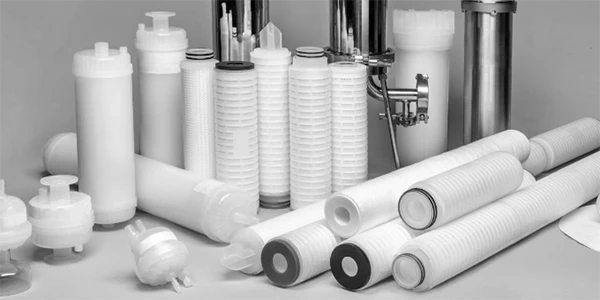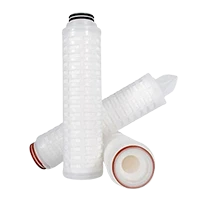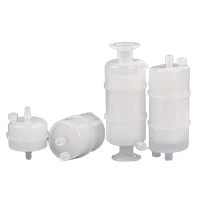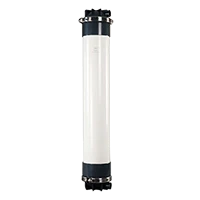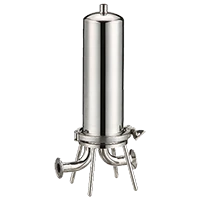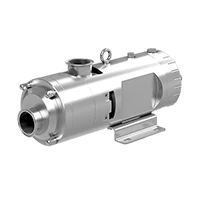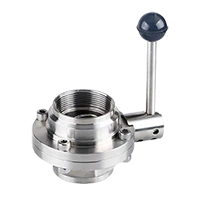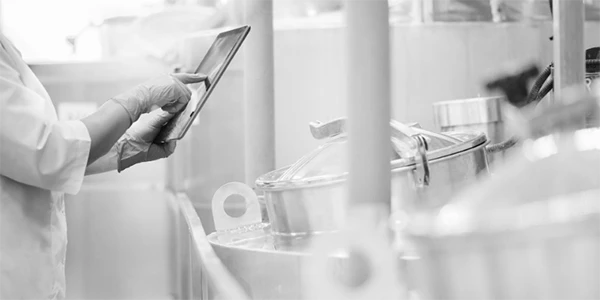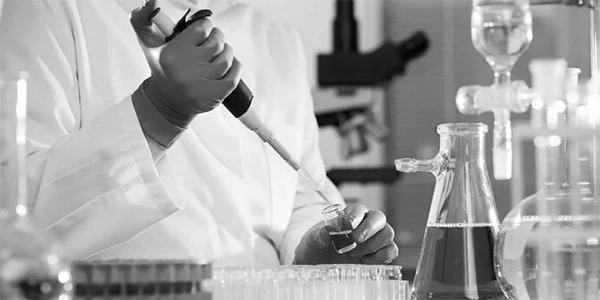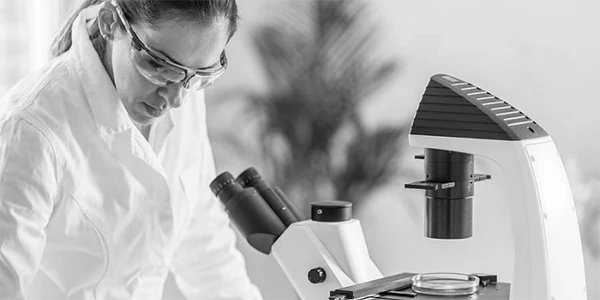Choosing the Right Pleated Filter Cartridge for APIs Filtration
APIs refer to any substance or mixture of substances used in the manufacture of pharmaceuticals, and when used in pharmaceuticals, become an active ingredient of the drug. This substance has pharmacological activity or other direct effects in the diagnosis, treatment, symptom relief, handling, or prevention of diseases, or can affect the function or structure of the body. It can be prepared by chemical synthesis, plant extraction, or biotechnology, and is presented in the form of powder, crystals, extracts, etc., but cannot be directly taken by patients.
The Basic Methods for APIs Filtration
- Sintered rods are generally used for coarse filtration, with materials such as polyethylene, polypropylene, nickel alloy, or titanium alloy, and pore sizes ranging from 5-140 μm. The recommended pore size is usually 20-30 μm, with titanium rods having better performance and lifespan.
- Pre-filtration should be performed before fine filtration, firstly to protect the fine filter cartridge from clogging, and secondly to extend its lifespan. It is important to note that the filtrate from each filtration stage should not immediately enter the next stage. Instead, it should be returned to the decolorization tank and checked for clarity before proceeding to the next stage. This is especially important for coarse filters in order to prolong the lifespan of the filter cartridge.
Filtration Accuracy of Pleated Filter Cartridge
For non-sterile and sterile products, the pore sizes available for selection are 1-5 μm, 0.65-0.8 μm, 0.45 μm, 0.22 μm, 0.1 μm, etc. For sterile drug filtration, pore sizes of 0.22 μm and 0.1 μm should be used.
Type of Membrane
The misuse of filter membrane materials should be avoided.
Hydrophilic membrane materials include cellulose (regenerated cellulose, mixed cellulose ester), nylon, and PES, which are suitable for water and aqueous solutions. Hydrophobic membrane materials include PTFE, polycarbonate, ultrafine borosilicate fibers coated with PTFE, and PVDF fluoride, which are suitable for organic solutions, acids and bases, chemical solutions, or gases. Dual-function membrane materials include PES, PP, etc., which are suitable for various fluids.
Note:
Membranes with pore sizes of 0.1 μm and 0.22 μm, whether hydrophilic or hydrophobic, can remove particles and bacteria. Hydrophilic membranes with pore sizes of 0.45 μm and 0.65 μm can remove particles and reduce microbial load, serving as a pre-treatment before sterilization. Only filters used for sterile bulk drug filtration need to meet the fine filtration requirements of 0.1 μm and 0.22 μm. Regardless of the type of filtrate, it is used as a saturated or supersaturated (preferably insulated) solution for subsequent processes such as crystallization, freeze-drying and spray drying.






